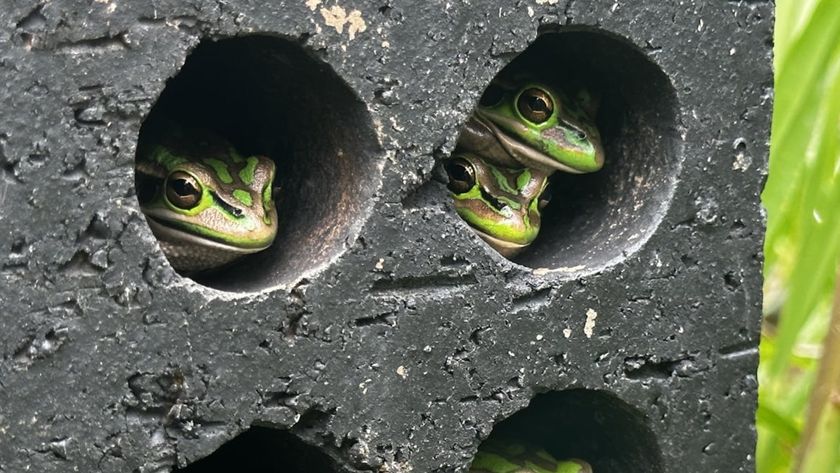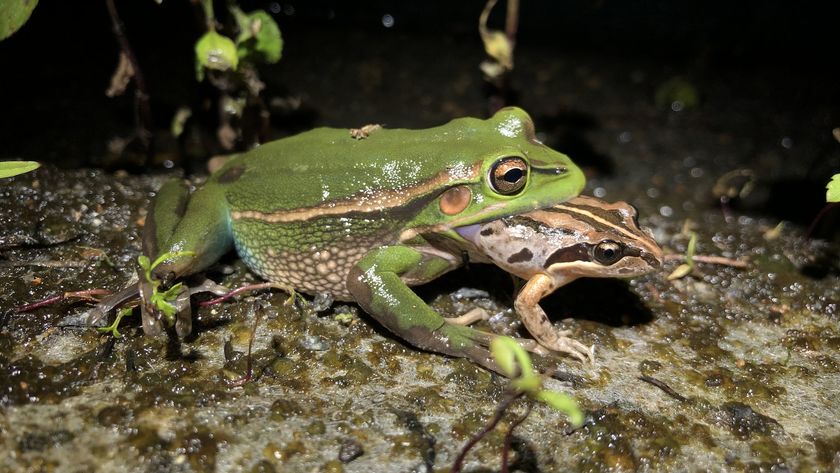Weird! Tiny Frog Uses Its Mouth to Hear
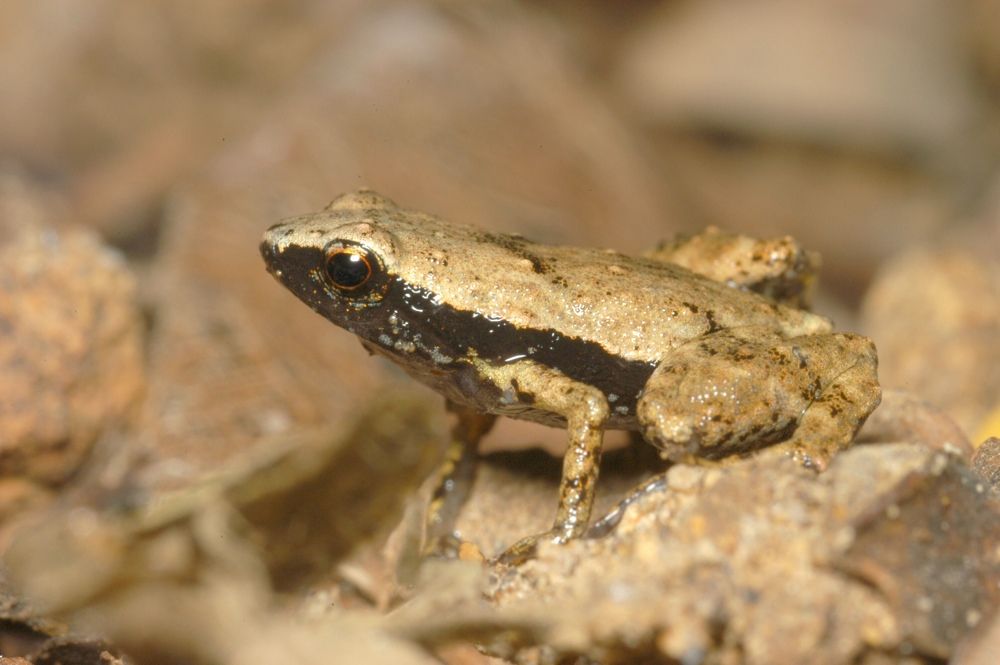
A small frog native to the Republic of Seychelles lacks a conventional middle ear and eardrum to hear sounds made by other frogs, but new research suggests these peculiar croakers are not deaf, and can instead use their mouth cavities to pick up on noise.
Gardiner's frogs from the Seychelles islands are one of the smallest known types of frogs in the world. These amphibians are seemingly deaf — having no middle ear or eardrum to help process sound waves — but can mysteriously still make their own croaking sounds, and hear the calls of other frogs. In a new study, researchers used X-ray imaging to peer inside the frogs' heads, finding they use their mouth cavities to amplify sounds that travel to the inner ear through connective tissue.
Most four-legged animals have middle ears that contain small, bony ossicles that take vibrations from the eardrum and transmit the sound waves from the air to the fluid-filled cochlea. [Image gallery: Cute and Colorful Frogs]
"However, we know of frog species that croak like other frogs but do not have tympanic middle ears to listen to each other. This seems to be a contradiction," lead study researcher Renaud Boistel, of the French National Center for Scientific Research (Centre National de la Recherche Scientifiqueor CNRS) in Paris, France, said in a statement.
To determine that Gardiner's frogs do, in fact, use sound to communicate with one another, the scientists set up loudspeakers in the natural rain forests of Seychelles and played pre-recorded frog songs. Males in the rain forests promptly answered the songs, signifying they could hear the recording, the researchers said.
Several ideas had been suggested for how the Gardiner's frogs could hear sounds, including extra auditory pathways through the lungs or special muscles in the frogs that connect to the inner ear.
"Whether body tissue will transport sound or not depends on its biomechanical properties," study co-author Peter Cloetens, a scientist at the European Synchrotron Radiation Facility (ESRF) in Grenoble, France, said in a statement. "With X-ray imaging techniques here at ESRF, we could establish that neither the pulmonary system nor the muscles of these frogs contribute significantly to the transmission of sound to the inner ears."
Sign up for the Live Science daily newsletter now
Get the world’s most fascinating discoveries delivered straight to your inbox.
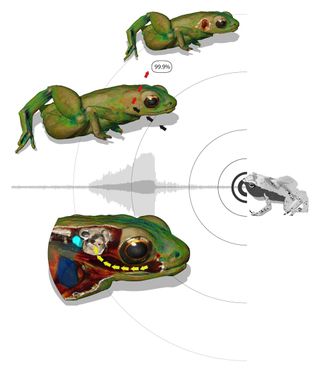
By studying X-ray images and numerical simulations, the researchers discovered that Gardiner's frogs receive sound through their heads. The mouth amplifies the frequencies and the sound is transmitted through tissue and bones in the skull to the inner ear.
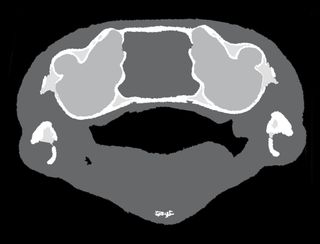
The X-ray images showed reduced thickness and fewer layers of tissue between the frogs' mouths and their inner ears, compared with other frog species, which suggests these auditory adaptations were likely the result of evolutionary forces in Gardiner's frogs, the researchers said.
"The combination of a mouth cavity and bone conduction allows Gardiner's frogs to perceive sound effectively without use of a tympanic middle ear," Boistel said.
The detailed findings of the study were published online Monday (Sept. 2) in the journal Proceedings of the National Academy of Sciences.
Follow Denise Chow on Twitter @denisechow. Follow LiveScience @livescience, Facebook & Google+. Original article on LiveScience.

Denise Chow was the assistant managing editor at Live Science before moving to NBC News as a science reporter, where she focuses on general science and climate change. Before joining the Live Science team in 2013, she spent two years as a staff writer for Space.com, writing about rocket launches and covering NASA's final three space shuttle missions. A Canadian transplant, Denise has a bachelor's degree from the University of Toronto, and a master's degree in journalism from New York University.
